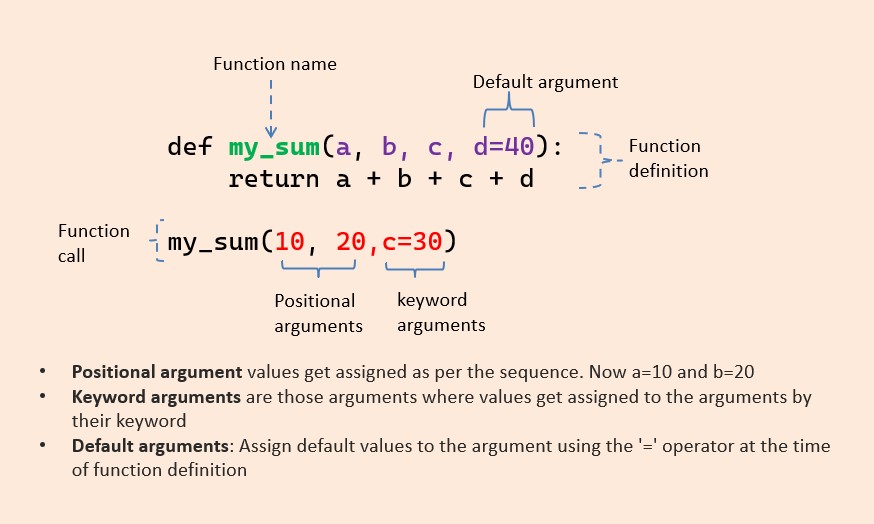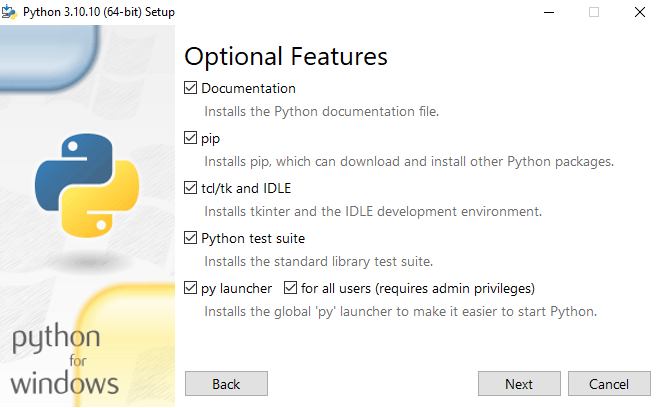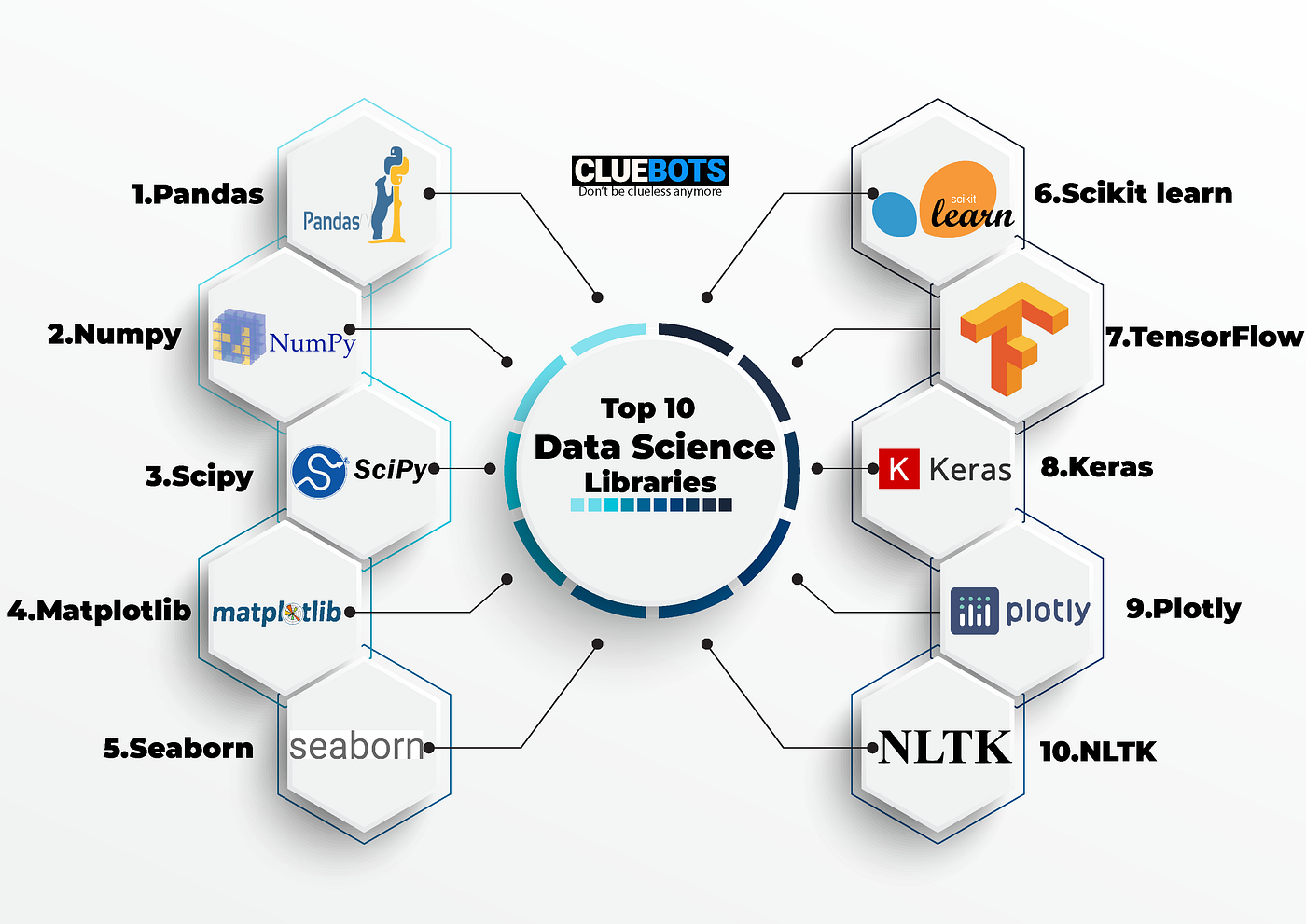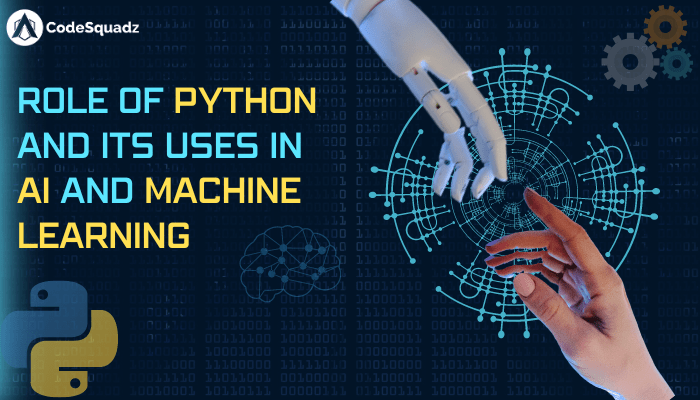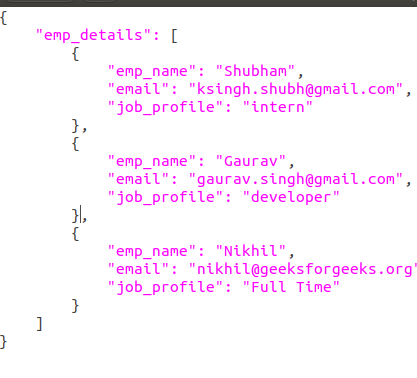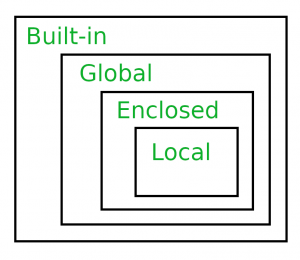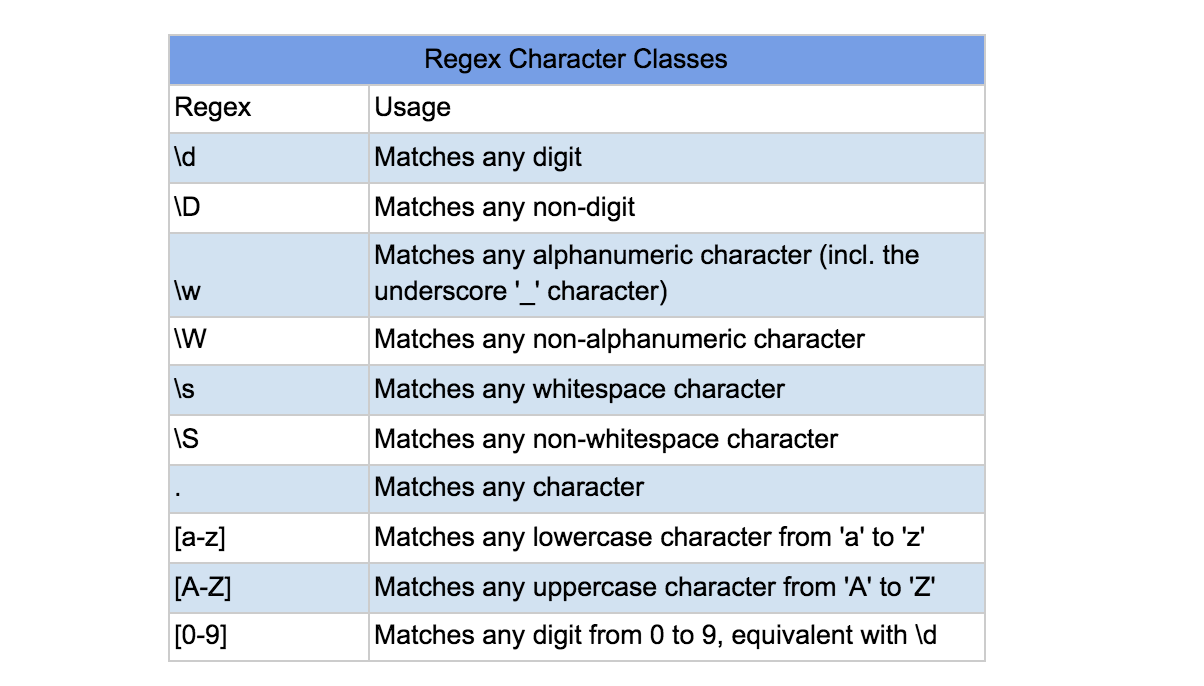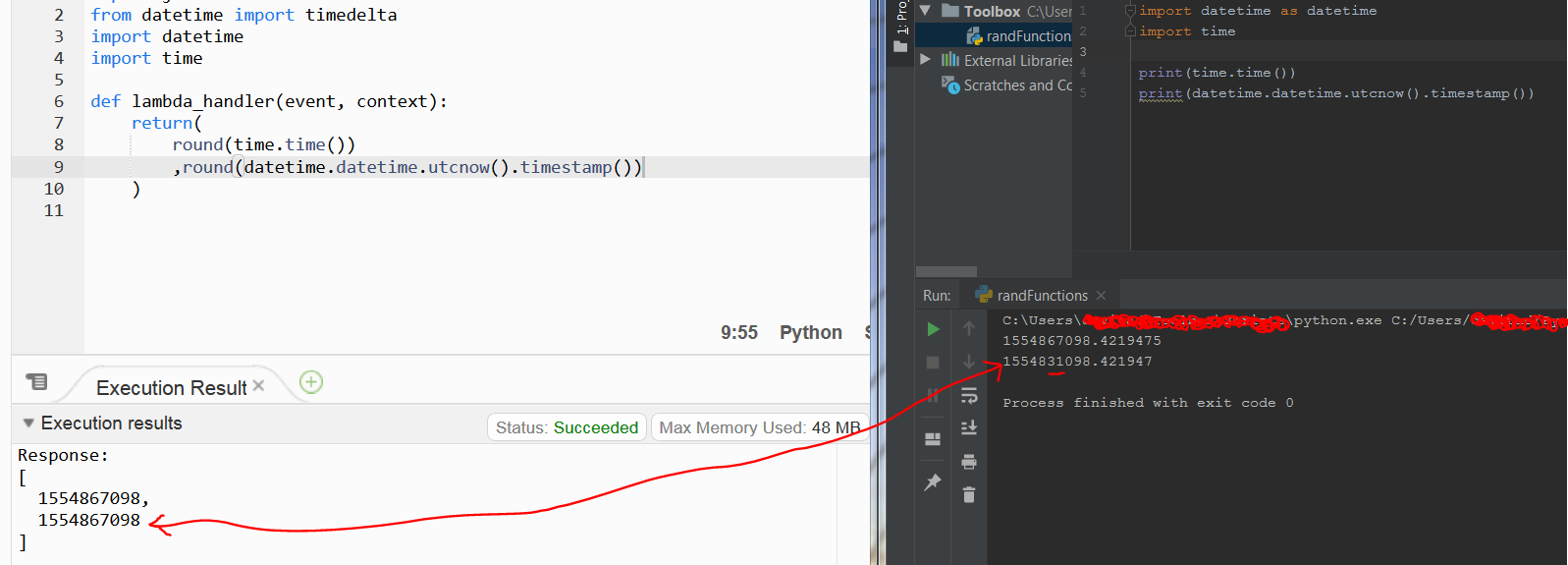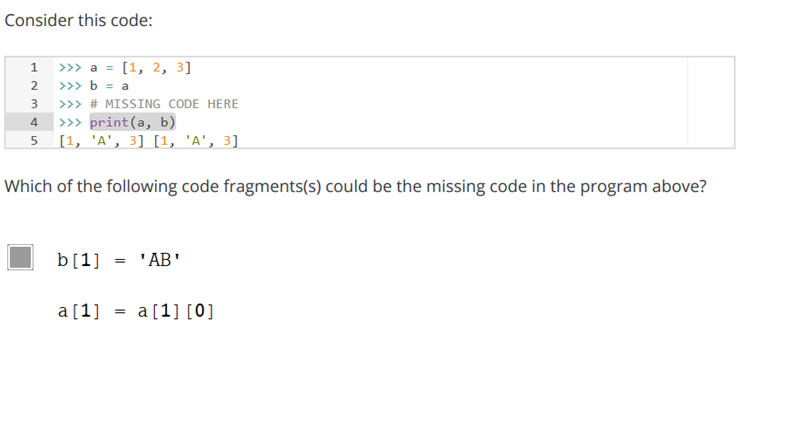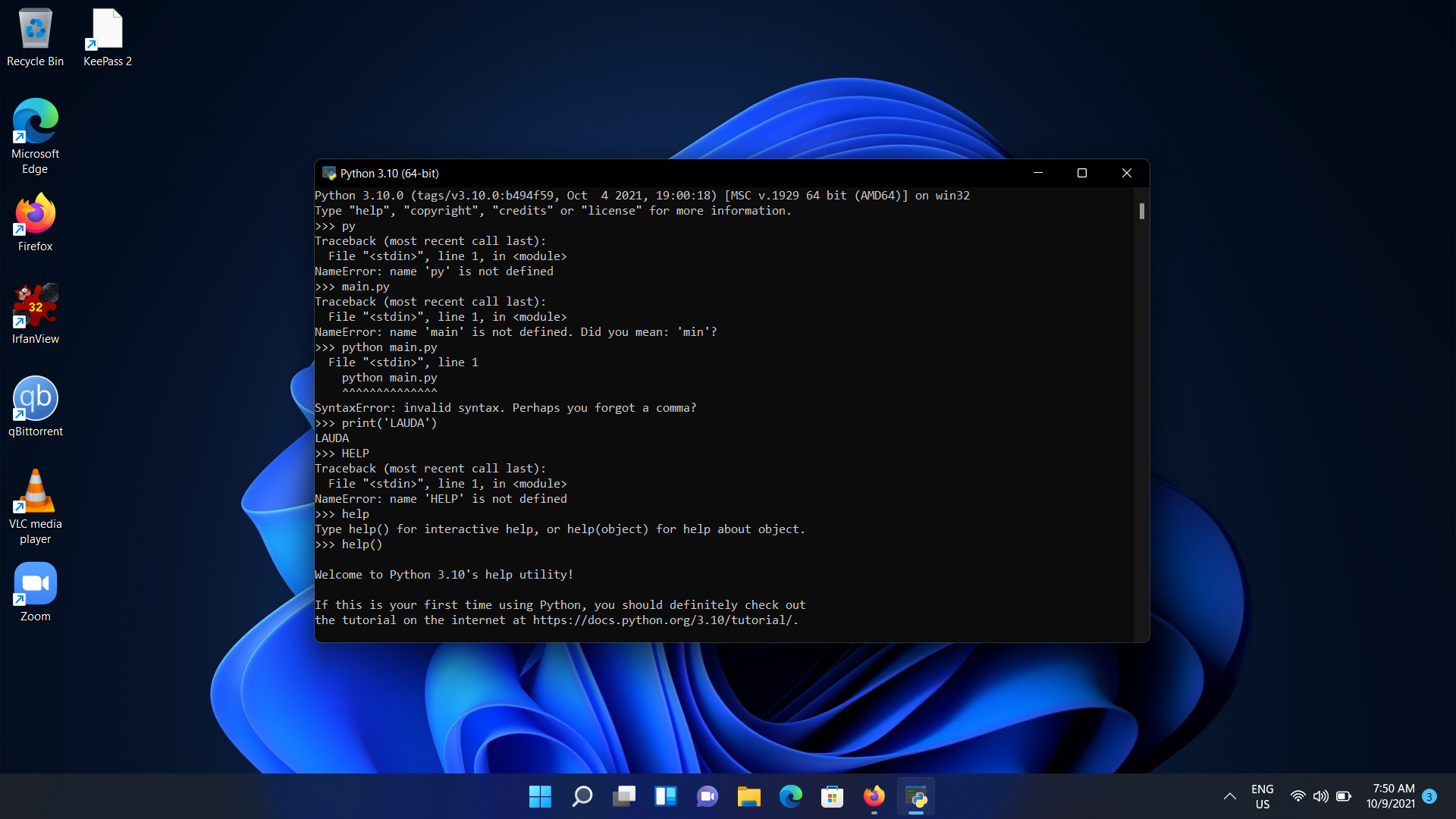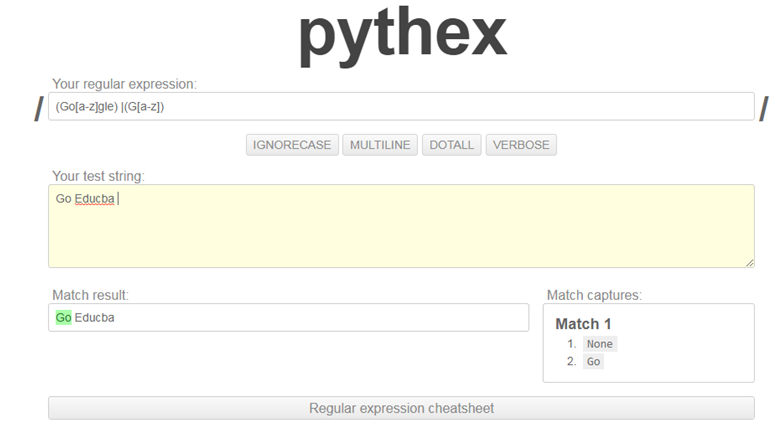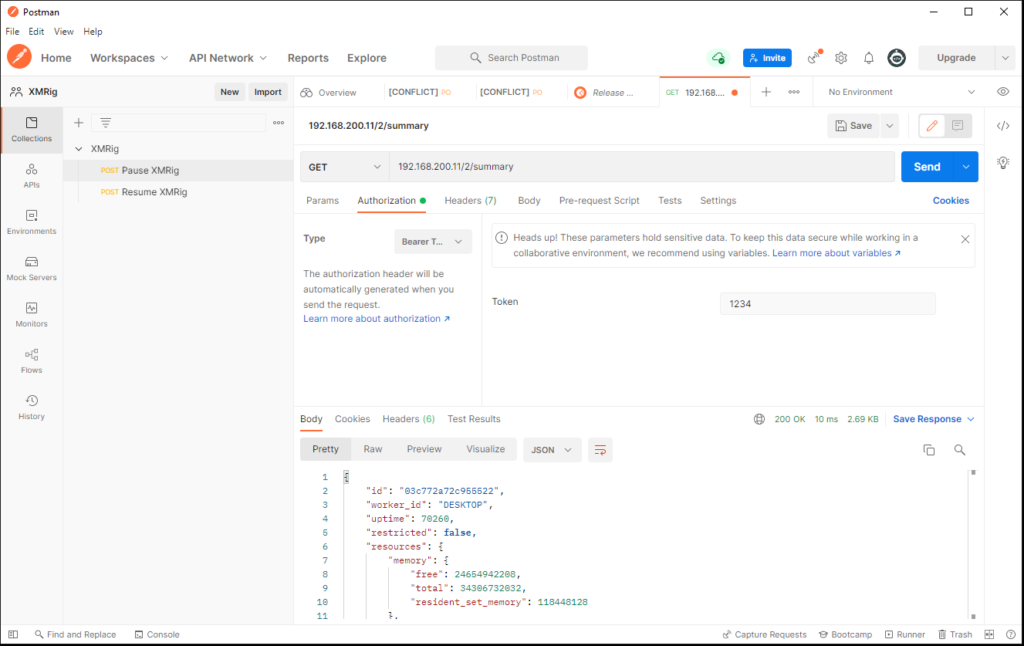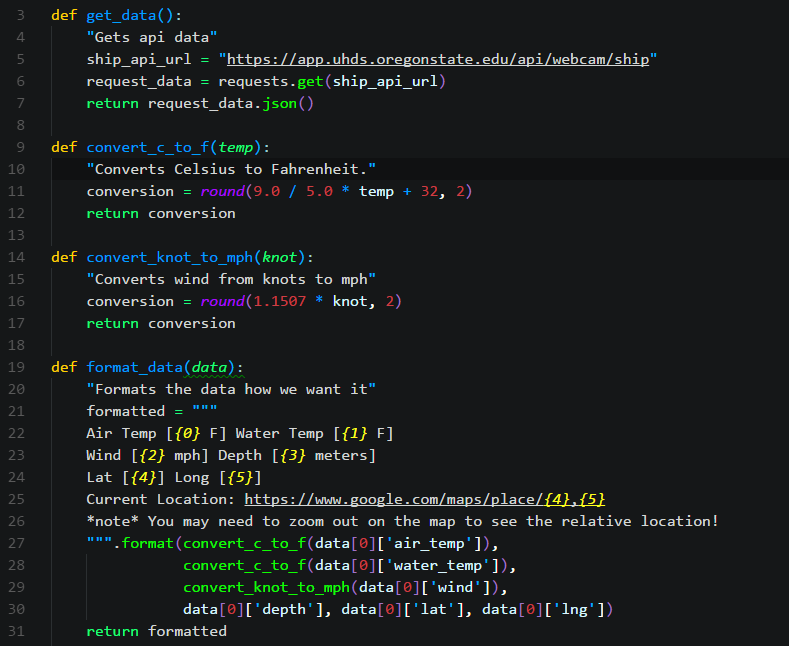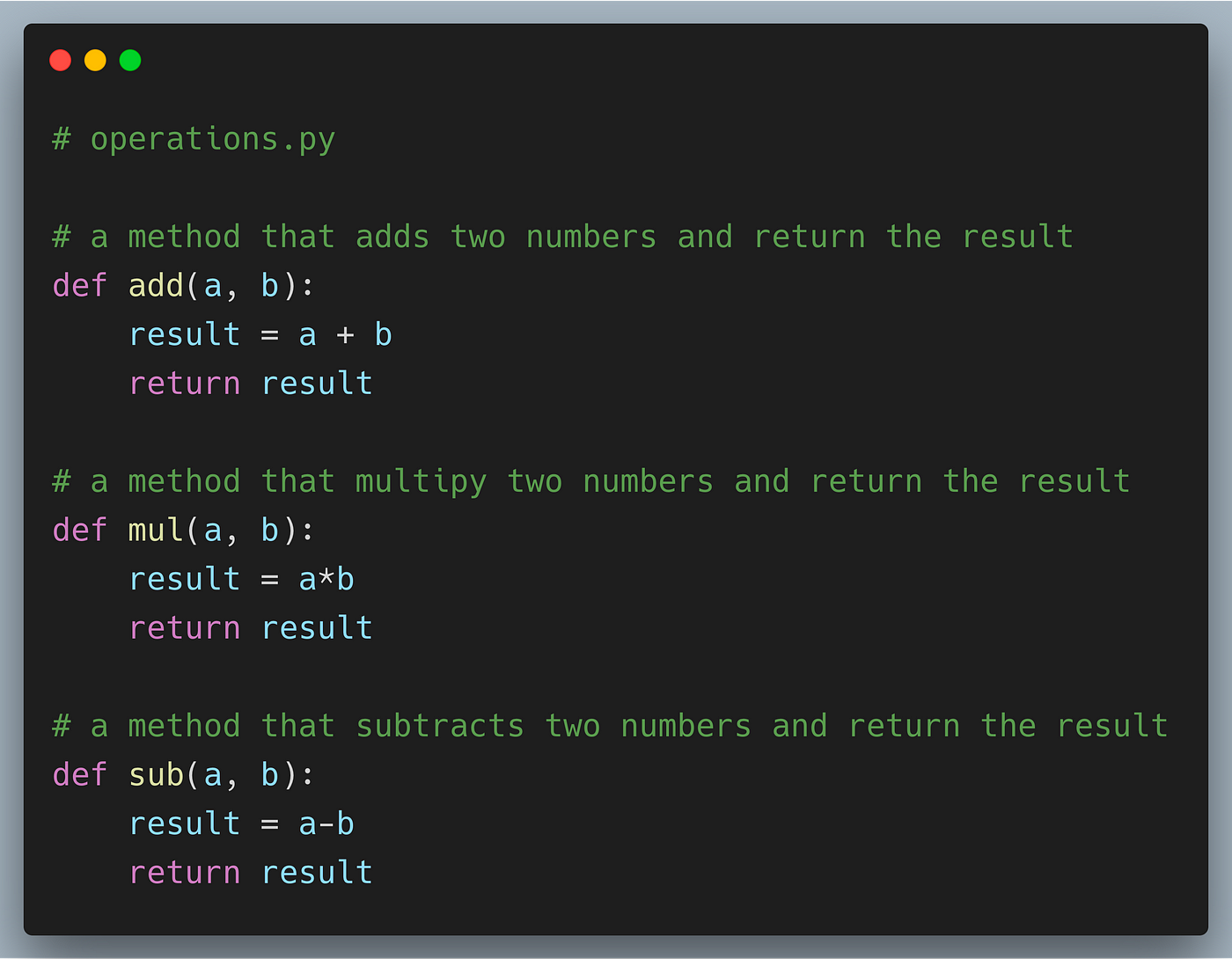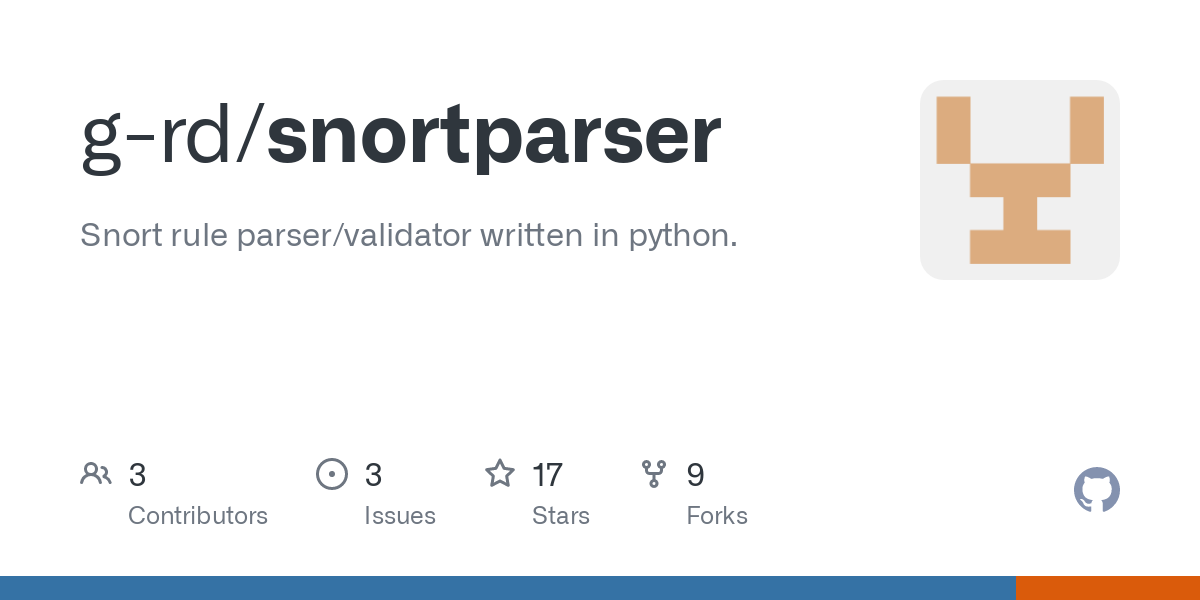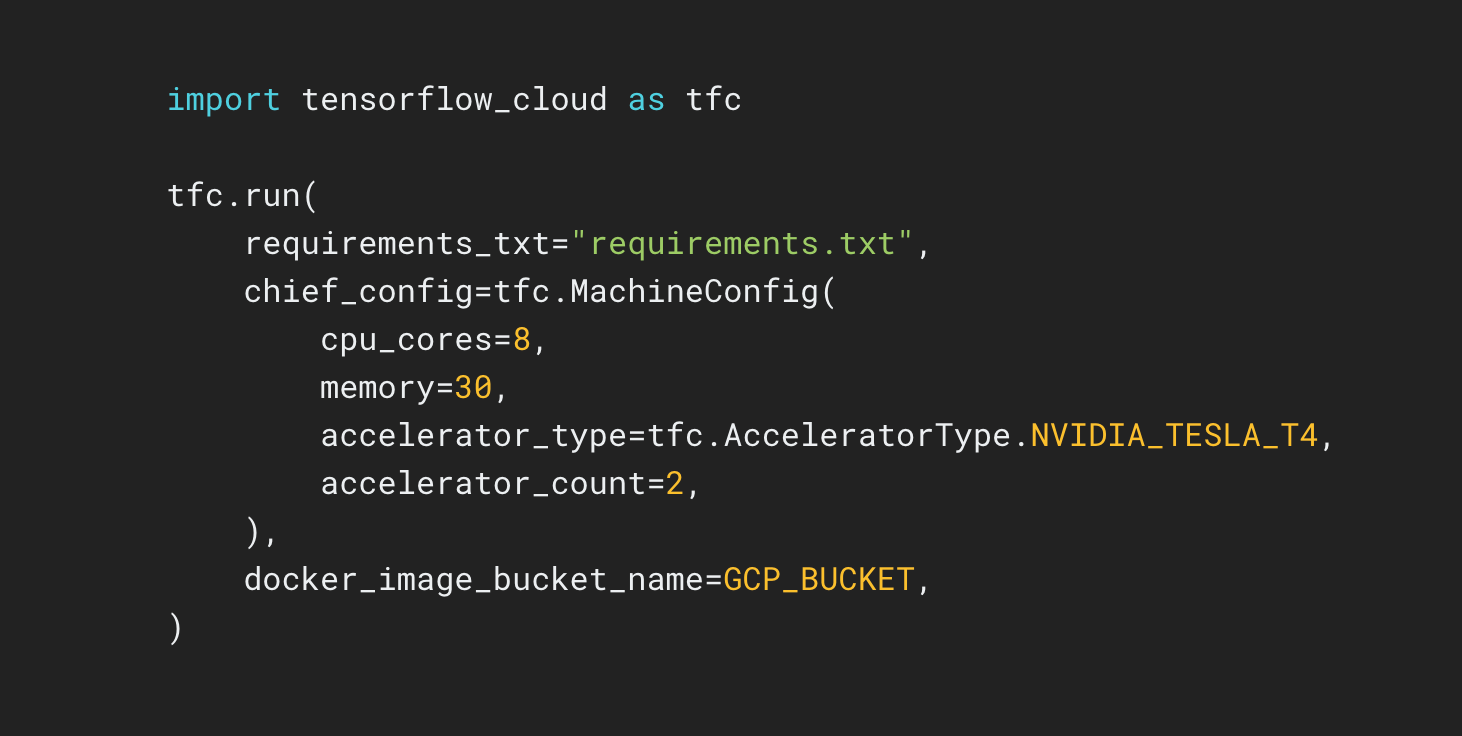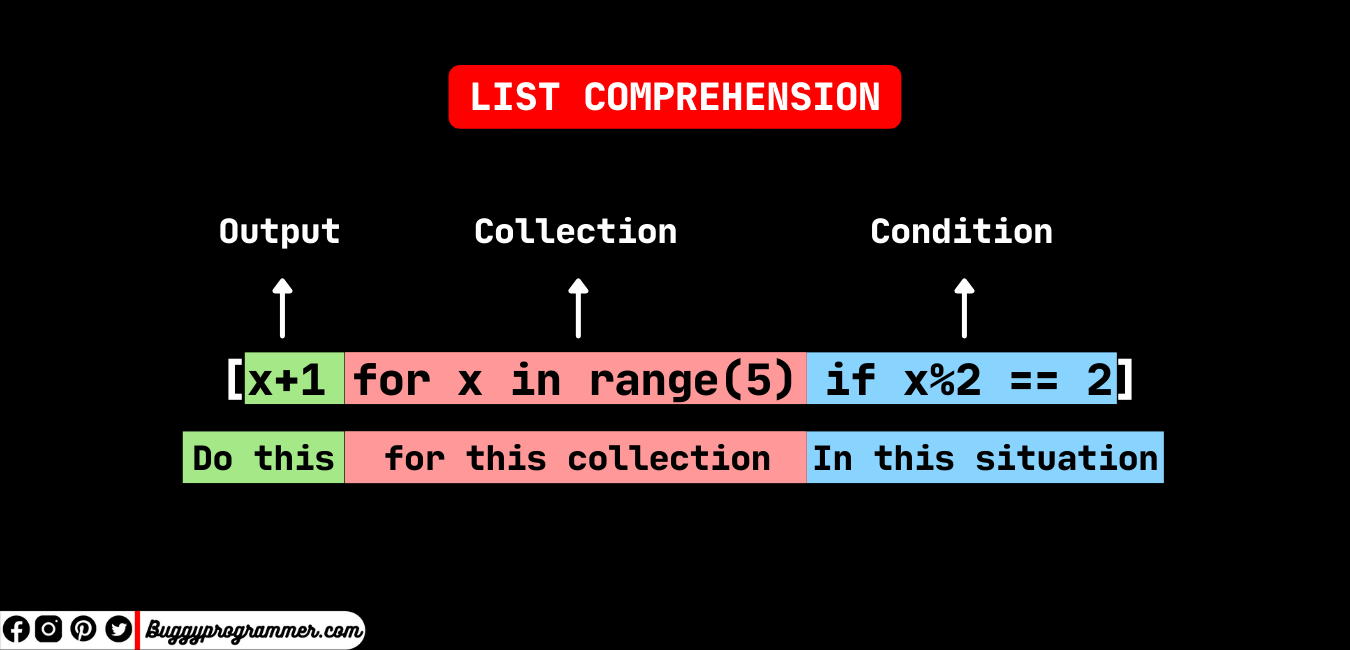Python azure functions github
Python azure functions github
Integrating Python Azure Functions with GitHub
In today's world of rapid development and deployment, integrating your application with various services is crucial to streamline the workflow. One such powerful integration is between Python Azure Functions and GitHub. In this article, we'll explore how you can integrate these two services to automate tasks, improve collaboration, and increase efficiency.
What are Azure Functions?
Azure Functions is a serverless compute service offered by Microsoft that allows you to run code without worrying about the underlying infrastructure. It provides a highly scalable environment for your code to run in. You can write code in various programming languages like Python, Java, JavaScript, C#, and more.
Why integrate with GitHub?
GitHub is a web-based platform for version control and collaboration on software development projects. By integrating Azure Functions with GitHub, you can automate tasks related to your project's lifecycle, such as:
Triggering an Azure Function when a specific event occurs in GitHub (e.g., when a pull request is approved or a new issue is created) Automating code deployment from GitHub to Azure Creating custom workflows and integrations using GitHub Webhooks and Azure FunctionsExample Use Cases
Automated Code Deployment: Set up an Azure Function to monitor your repository's master branch for changes. When a new commit is pushed, the function can automatically deploy the updated code to production. GitHub Issue Tracker: Create an Azure Function that listens for new issues in your GitHub project. The function can then trigger a notification email or create a task list entry based on the issue type and severity. Automated Testing: Use an Azure Function to run automated tests when a pull request is created in GitHub. The function can validate the code changes and provide feedback before merging the PR.Getting Started
To integrate Azure Functions with GitHub, follow these steps:
Create a new Azure Function project using your preferred programming language (in this case, Python). Configure the Azure Function to trigger on a specific event in GitHub (e.g., when a pull request is approved). Use therequests library in Python to send a webhook request to GitHub to create a custom integration. Define an API endpoint in your Azure Function that listens for incoming requests from GitHub. Implement the logic to process the GitHub events and trigger the desired actions (e.g., deploying code, creating notifications).
Conclusion
Integrating Azure Functions with GitHub opens up a world of possibilities for automating tasks and streamlining your development workflow. By leveraging serverless computing and GitHub's powerful collaboration tools, you can create custom workflows that improve efficiency and reduce manual labor.
In this article, we explored the basics of integrating Python Azure Functions with GitHub. Whether you're looking to automate code deployment, track issues, or run automated tests, Azure Functions and GitHub are a match made in heaven. So go ahead, get started, and unlock the power of serverless computing and version control!
How Python can be used in Azure?
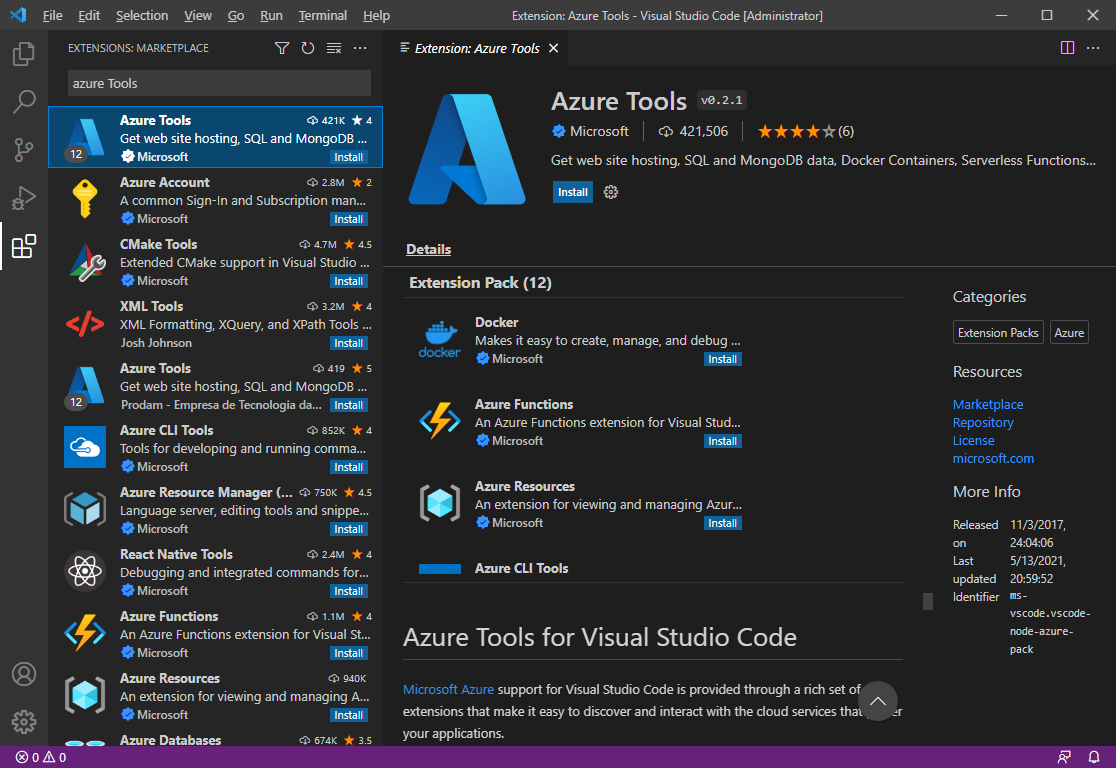
Python is a popular programming language that has gained significant traction in the cloud computing landscape. Azure, Microsoft's cloud platform, has also been expanding its support for Python to make it easier for developers to create applications using this language.
Azure provides several ways for you to use Python:
Azure Functions: You can use Python as one of the supported languages when building Azure Functions. This allows you to write event-driven code that runs in response to triggers, such as new messages on an Event Grid or changes to a Cosmos DB container. Azure Machine Learning (AML): AML supports Python as its primary language for machine learning model development and deployment. You can use popular libraries like TensorFlow, Keras, and scikit-learn with Azure ML to train and deploy models in the cloud, on-premises, or at the edge. Azure Databricks: This is an Apache Spark-based analytics platform that supports Python as one of its primary languages for data engineering and science workloads. You can use Azure Databricks to process large datasets, build predictive models, and perform data visualizations. Azure Notebooks: Azure Notebooks provides a hosted environment for Jupyter Notebook development and deployment. You can create and share interactive, web-based documents that contain code, output, and narrative text. Visual Studio Code (VS Code): VS Code is a popular code editor that supports Python development through extensions like the Python Extension Pack. This allows you to create and debug Python projects locally or remotely using Azure's cloud services.Azure provides several benefits when working with Python:
Cost-effective: You only pay for the resources you use, which makes it an attractive choice for developers who want to build and deploy applications without worrying about high costs. Flexibility: With Azure's support for multiple programming languages, including Python, you can choose the language that best fits your project needs. Integration with other services: Azure provides seamless integration with other Microsoft services like Office 365, Dynamics, and Power Apps, making it easy to build complex workflows and applications.In summary, Azure offers a range of opportunities for developers to use Python in various scenarios, from building event-driven functions to deploying machine learning models. With its cost-effective pricing model, flexibility, and integration with other Microsoft services, Azure is an attractive choice for any developer looking to leverage the power of Python in the cloud.
